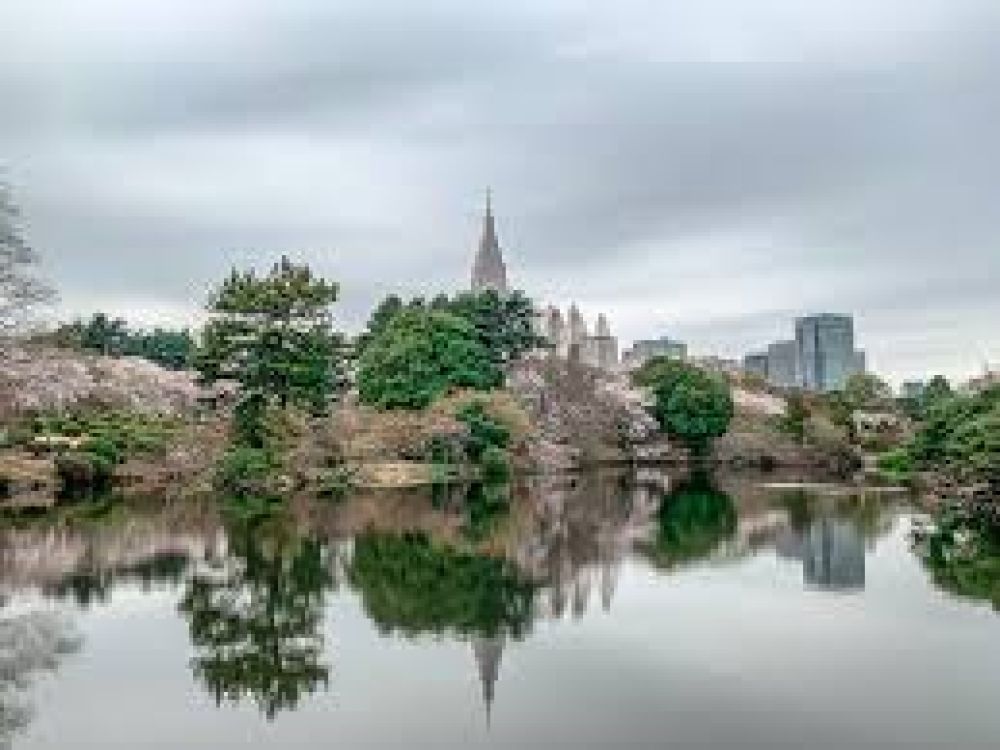

The history of tourism at the Pungam Reservoir in Gwangju, South Korea, is relatively recent when compared to the country's more prominent historical and cultural attractions. However, it has quickly established itself as a significant local recreational destination.
Originally constructed for the purpose of irrigation and flood control, Pungam Reservoir has transformed into a serene retreat for nature lovers and those seeking respite from the hustle and bustle of city life. Over the years, infrastructure developments around the reservoir have made it more accessible and inviting to tourists.
The local government has made concerted efforts to promote eco-tourism and outdoor activities around the reservoir. Walking paths, picnic spots, and fishing zones have been developed, ensuring that visitors have the chance to engage in a variety of leisure activities.
The addition of the Pungam Reservoir Park enhanced the reservoir’s appeal, offering beautifully landscaped gardens, cherry blossoms in the spring, and colorful foliage in the autumn. These seasonal changes have made the Pungam Reservoir a popular spot for photographers and nature enthusiasts.
In recent years, Pungam Reservoir has adapted to the latest tourism trends to offer a more sustainable and culturally immersive experience for visitors. This includes promoting local cuisine through food festivals and supporting nearby artisans and farmers' markets.
The trend of "healing tourism" has also impacted the types of activities available at the reservoir. Visitors now seek wellness experiences such as meditative walks, yoga sessions by the water, and eco-friendly tours. Health-conscious tourists appreciate the opportunity to engage in such activities in the reservoir's tranquil natural setting.
The future of tourism at Pungam Reservoir looks bright, with plans to further develop the area while preserving its natural beauty and ecological integrity. The balance between development and conservation is key to ensuring that the reservoir remains a beloved destination for future generations.
Moreover, with the rise of smart tourism, initiatives have been introduced to enhance visitors' experiences through technology. This includes mobile apps that provide detailed information about the flora and fauna of the region, map out the walking trails, and suggest the best times for visits based on weather and seasonal events.
In conclusion, the Pungam Reservoir is an excellent example of how a natural resource can be transformed into a sustainable tourist destination that celebrates local culture and provides a sanctuary for both locals and tourists alike.